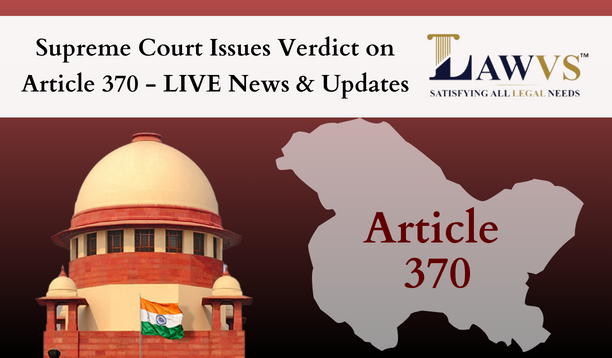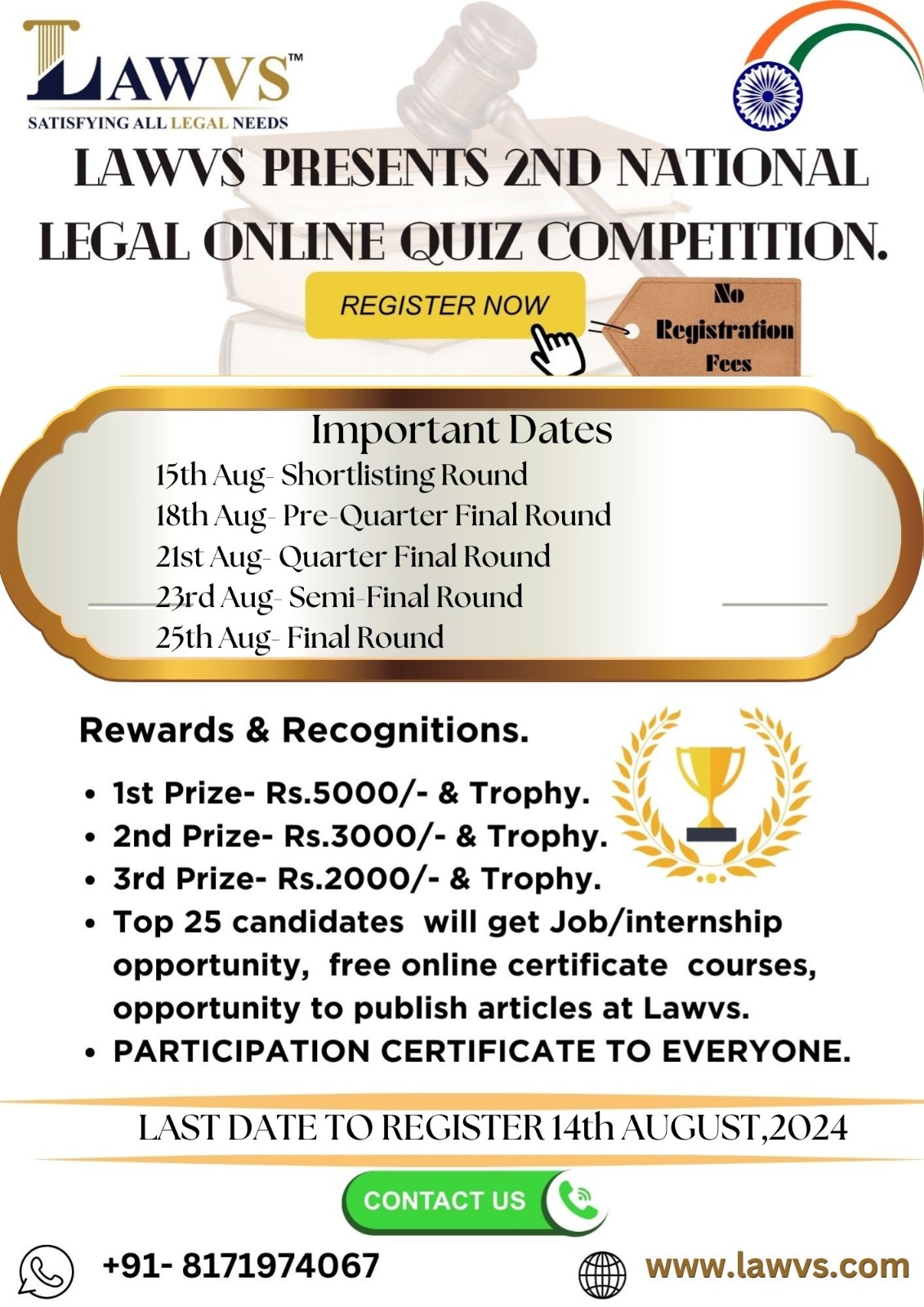A five-judge bench of the Supreme Court of India upholds the abrogations given on verdict today on a batch of petitions challenging the government's decision to revoke Article 370, which granted special status to Jammu and Kashmir.
Key Points:
The court heard arguments for 16 days before reserving its judgment on September 5th.
Over 20 petitions had been filed challenging the abrogation of Article 370, which resulted in the creation of two Union Territories.
Petitioners argue that the government used its majority in Parliament to issue executive orders that divided the State without proper legal process.
Today's decision is significant for:
Determining the legality of the abrogation of Article 370.
The future of Jammu and Kashmir as Union Territories.
The balance of power between the federal government and states.
Additional details:
The court had previously decided not to refer the case to a larger bench, despite some petitioners' requests.
Senior lawyers representing the petitioners include Kapil Sibal, Gopal Subramanium, Rajeev Dhavan, Dushyant Dave, and Gopal Sankaranarayanan.
The court heard arguments for 16 days before reserving its judgment on September 5th.
Over 20 petitions had been filed challenging the abrogation of Article 370, which resulted in the creation of two Union Territories.
Petitioners argue that the government used its majority in Parliament to issue executive orders that divided the State without proper legal process.
Determining the legality of the abrogation of Article 370.
The future of Jammu and Kashmir as Union Territories.
The balance of power between the federal government and states.
The court had previously decided not to refer the case to a larger bench, despite some petitioners' requests.
Senior lawyers representing the petitioners include Kapil Sibal, Gopal Subramanium, Rajeev Dhavan, Dushyant Dave, and Gopal Sankaranarayanan.
Key Arguments of the Petitioners:
Permanent Status of Article 370: Petitioners claim that Article 370 became permanent after the dissolution of the Constituent Assembly of Jammu and Kashmir in 1957. They argue that the President's order nullifying the article without the assembly's recommendation was illegal.
Colourable Exercise of Power: Petitioners contend that the amendment to Article 368, substituting "Constituent Assembly" with "Legislative Assembly", was a mere formality to bypass the requirement of the former. They argue that the legislative assembly's recommendation was invalid as it was not in session during the abrogation.
Implied Restrictions Under President's Rule: The petitioners argue that the President's rule in Jammu and Kashmir imposed restrictions on exercising Article 370(3), which provided for its repeal. They claim that the President's order lacked the necessary recommendation.
Article 3 Cannot Convert State to Union Territory: Petitioners argue that the central government's use of Article 3 (formation of new states) to convert Jammu and Kashmir into Union Territories was illegal. They claim that any change to state boundaries requires the state's consent.
Merger Agreement Needed: The petitioners argue that if the government's intention was complete integration, a formal merger agreement like those executed with other princely states should have been signed. They claim that the absence of such an agreement protected Jammu and Kashmir's autonomy.
Key Arguments of the Central Government:
No Special Status from the Beginning: The government argues that Article 370 was not intended to be permanent and that Jammu and Kashmir did not have any special status from the beginning. They claim the draft accession agreement was similar for all princely states.
Ending Psychological Duality: The government contends that abrogating Article 370 ended the region's "psychological duality" and granted fundamental rights to its residents.
Self-Extinguishing Legislation: The government argues that Article 370 was self-extinguishing and could be repealed through presidential orders. They claim provisions of the article became obsolete and were replaced over time.
Parliament's Role During President's Rule: The government argues that during the President's rule, Parliament exercises the role of the state legislature and this was the same for all states. They justify the abrogation as a necessary response to the region's longstanding issues.
Temporary Measure for Statehood: The government claims that the Union Territory status for Jammu and Kashmir is temporary and full statehood will be restored eventually. They refuse to provide a fixed timeline for this restoration.
Abrogation Justified by Security Concerns: The government argues that the abrogation was justified by security concerns, particularly the occupation of a part of the territory by Pakistan. They deny that the decision was impulsive and claim it was based on policy considerations.
Federalism with Diverse Structures: The government argues that federalism is compatible with diverse structures and that the Indian federation does not require Article 370. They claim that keeping Article 370(1) permanent would unconstitutionally entrench the provision.
President's Final Call on Article 370: The government contends that even after the constituent assembly's dissolution, the power to decide on Article 370 rested with the President. They claim the President's decision was independent and not bound by the assembly's non-existence.
Basic Structure Doctrine and Constitutional Amendments: The government argues that the abrogation of Article 370 is not violative of the basic structure doctrine. They claim that the doctrine applies only to constitutional amendments, not legislative actions protecting civil liberties.
Ultimate Legal Sovereignty with Union Government: The government argues that ultimate legal sovereignty lies with the Union government. They claim Article 370 could have been revoked through its proviso (3) and that the President's plenary power under the article should not be restricted.
The Supreme Court's verdict on this highly sensitive issue will have significant implications for the future of Jammu and Kashmir and the relationship between the central government and the region.




